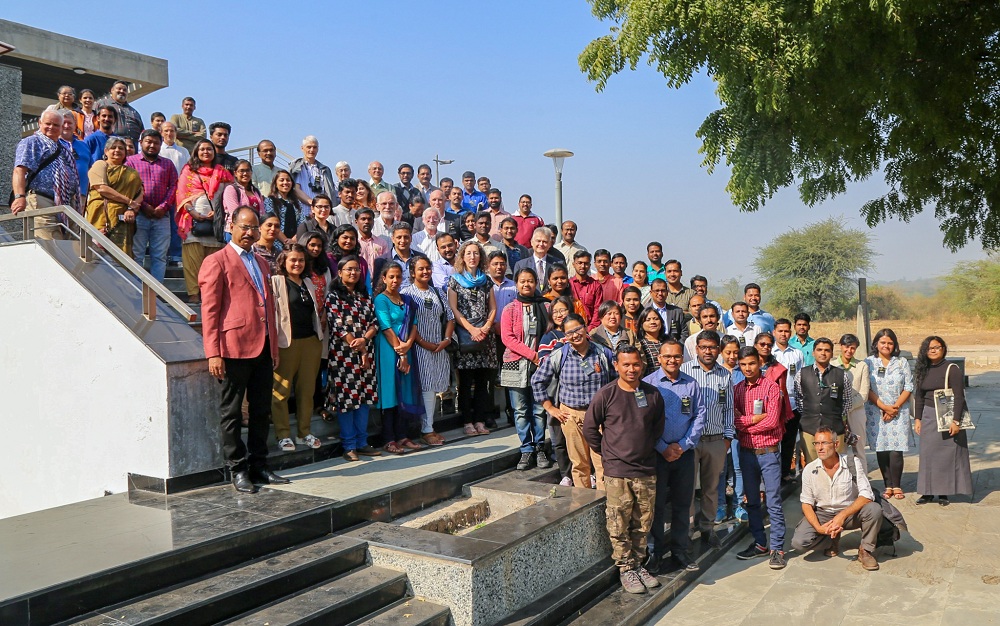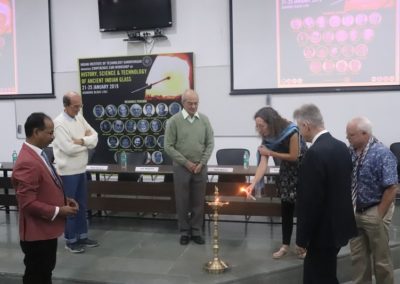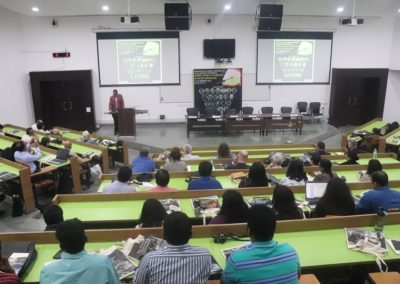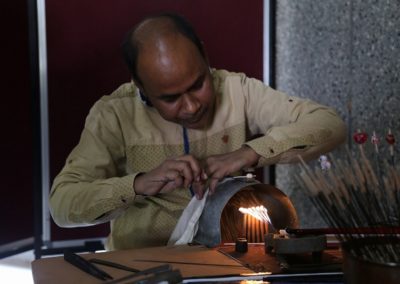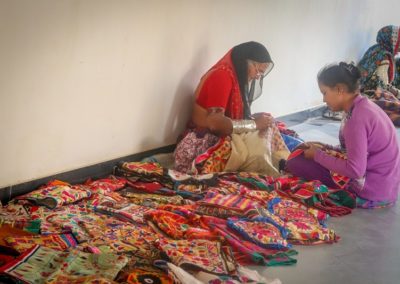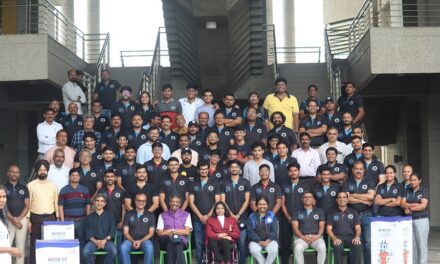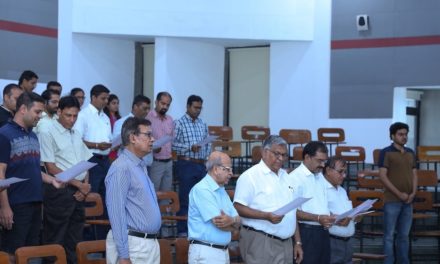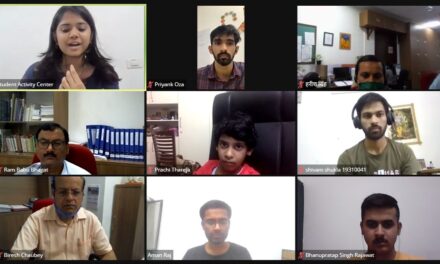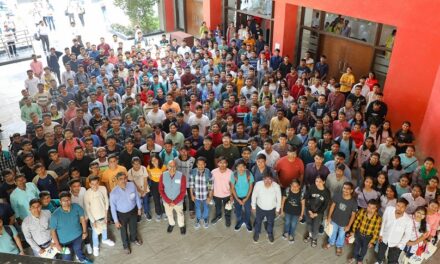A five-day conference-cum-workshop on History, Science and Technology of Ancient Indian Glass was inaugurated on January 21 at the institute. Organised by the Archaeological Sciences Centre (ASC), the workshop brought together archaeologists and scholars in archaeology or allied disciplines from all over the world to participate and share their insights on various aspects of ancient glass.
Prof Alok Kumar Kanungo, convener, welcomed all the guests and introduced the idea behind the second edition of this conference. He said it aimed at discussing the development of glass through the ages, literature/epigraphical references, typology, techniques and archaeometry involved in their study. He added that akin to its first edition, this workshop and its proceedings will also culminate into a significant reference book.
Prof Michel Danino, ASC coordinator, gave the welcome address and introduced the work of ASC at IITGN. “We have tried to harness archaeological science with the use of technology; ground-penetrating radar is one of them. Dholavira is an extended laboratory for archaeological studies”, he said.
Laure Dussubieux of Field Museum, USA and a chemist specialising in the determination of the compositions of ancient artifacts made from synthesised or natural glass, metals, and stones, remarked, “India has a very rich past in terms of glass. It is producing millions of glass beads. We hope this conference will inspire students to do research in this field”. She also gave a presentation on Elemental Compositions and Glass Recipes.
Delivering the keynote address on The Origin of Glass: The First Glass Industries in Egypt and Mesopotamia, Prof Thilo Rehren, director of Science and Technology in Archaeology and Culture (STARC) at The Cyprus Institute, gave an in-depth account of what is glass and the first phase of glass-making. He covered the Late Bronze Age plant ash-based production of glass in Egypt and Mesopotamia. He also explained the geography of ancient materials and the dominance of different colours in glass of various regions. “The first phase of glass-making came to an end in around 1,000 BCE due to a combination of societal and technical changes contributing to the near-disappearance of glass from the archaeological record for several centuries”, he told.
A live demonstration of glass craft activities was also inaugurated where craftsmen from Kapdawanj, Kutch and Varanasi carried out hands-on experiments of glass workings for the participants. The workshop continued till January 25 and included a field trip to Kapadwanj, Vadnagar and Taranga on the final day.
Glimpses from the field trip



